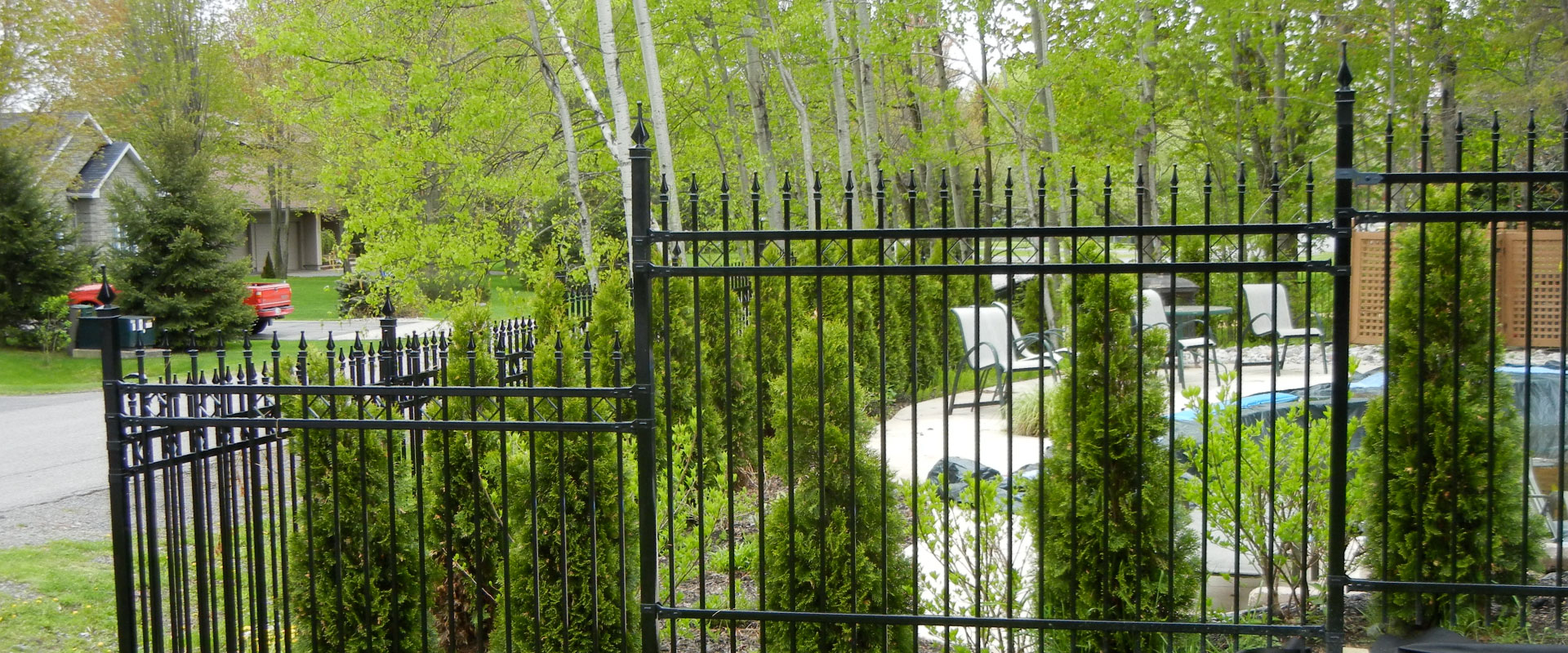All Categories
Featured

When considering setting up a fencing on your home, one of one of the most crucial actions is to comprehend whether you need a license. Fencing setups often call for a permit to make sure that the structure follows neighborhood zoning regulations, developing codes, and safety criteria. The specific permits called for can vary depending upon your area, the sort of fencing you prepare to install, and the height or positioning of the fence. Here's an overview to help you browse the procedure of acquiring a fence permit and ensure that your installment is easy and lawful.
Why You Required a License for a Fence Installment. A fencing authorization is required to ensure that the installment meets neighborhood regulations. The permit procedure helps regional authorities verify that your fence does not interfere with website traffic presence, regard your residential or commercial property lines, or violate elevation restrictions. It likewise makes certain the safety of the structure, so it doesn't pose a danger to you, your next-door neighbors, or the public. Mounting a fence without an authorization can lead to fines, elimination of the fencing, or hold-ups in construction, so it's vital to inspect whether a permit is needed prior to starting your task.
Sorts Of Authorizations You May Need. There are a couple of typical kinds of licenses you may need for a fencing installation:
Structure Authorization. A structure authorization is one of the most usual license needed for fencing installments. This authorization makes certain that the fence satisfies safety standards and is created according to regional building codes. A structure license is normally needed if the fence goes beyond a certain elevation (commonly 6 feet), is constructed from specific products, or is situated near a public pathway or roadway.
Zoning Authorization. A zoning authorization may be called for to validate that your fencing follows local zoning laws. Zoning regulations can determine where a fence can be put on your building, exactly how high it can be, and whether it is allowed particular locations (such as along home lines or ahead yards) Some districts have laws restricting the elevation of fences in the front yard to make certain exposure for vehicle drivers and pedestrians.

Problem License. You might require a setback authorization if you are developing a fence near your home line or close to a street. A setback refers to the range a structure, consisting of fences, need to be from the property line. Trouble policies differ by area, and making sure that your fence is placed correctly can protect against problems with neighbors and stay clear of infractions.
House Owner Association (HOA) Approval. You may require authorization from them in enhancement to neighborhood licenses if you live in a neighborhood governed by a Homeowner's Association (HOA) HOA policies frequently cover the sort of products, elevation, design, and color of fences. Even if your regional federal government doesn't need a permit, your HOA may still have certain guidelines that need to be adhered to.
Exactly How to Make An Application For a Fencing Permit. To use for a fence permit, you'll require to call your neighborhood building department or planning office. The application procedure usually includes completing a form, paying a fee, and submitting a website strategy of your home that shows the suggested location of the fence. You may also require to consist of details about the materials, elevation, and style of the fencing.
In some situations, a local authorities might need to examine your residential or commercial property prior to accepting the permit. As soon as the permit is approved, you will certainly be accredited to continue with your fencing installment.
When Is a Permit Not Needed? In certain circumstances, a permit might not be called for. These scenarios can include:
Reduced Height Fences: In lots of areas, fencings that are below a particular elevation (frequently 3 to 4 feet) might not require a permit, especially if they are placed in the yard or various other non-visible locations.
Fencing Replacement: If you're changing an existing fence with the exact same height and material, some locations may not require a brand-new license.
Non-Obtrusive Fencings: Temporary or ornamental fences, such as those utilized for gardening or landscaping functions, may not require permits as long as they are low and not long-term.
Nonetheless, it is necessary to contact your neighborhood zoning office or structure department, as regulations can vary by jurisdiction.
Effects of Not Getting an Authorization. Failing to acquire the required licenses can cause substantial consequences. These consist of fines, required removal of the fencing, and even delays in construction. Additionally, if your fencing doesn't satisfy regional regulations, you can deal with legal problems with next-door neighbors or regional authorities.

Final thought. When installing a fencing, it's crucial to investigate the license demands in your area. By guaranteeing that you adhere to neighborhood laws and acquire the needed licenses, you can avoid costly blunders and make sure that your fencing is lawfully compliant. Consult your neighborhood structure department, HOA, and zoning workplace to establish what licenses are needed for your particular fence job. This step is crucial to safeguard both your financial investment and your residential property's value.
Latest Posts
Grab Special Auto Repair Offers in Chicago at Montclare Auto Repair
Published May 28, 25
1 min read
The Benefits of Consistent Auto Maintenance at Montclare Auto Repair Keeps Your Wallet Happy
Published May 24, 25
1 min read
Understanding Roofing Guarantees: What Homeowners Should Know
Published May 21, 25
1 min read
More
Latest Posts
Grab Special Auto Repair Offers in Chicago at Montclare Auto Repair
Published May 28, 25
1 min read
The Benefits of Consistent Auto Maintenance at Montclare Auto Repair Keeps Your Wallet Happy
Published May 24, 25
1 min read
Understanding Roofing Guarantees: What Homeowners Should Know
Published May 21, 25
1 min read